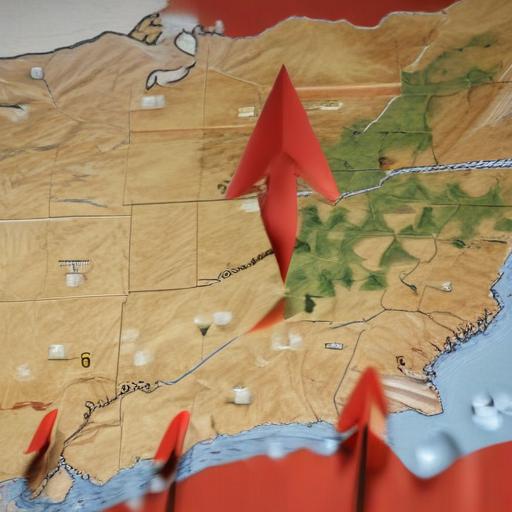President Donald Trump announced on Tuesday that his administration intends to shift the responsibility of disaster response from the Federal Emergency Management Agency (FEMA) back to individual states after this hurricane season. This marks a clear outline of his plan for states to handle natural disasters and emergencies autonomously. “We’re moving it back to the states, so the governors can handle. That’s why they’re governors,” Trump stated during an Oval Office meeting with reporters.
Trump, along with Homeland Security Secretary Kristi L. Noem, has been advocating for a significant transformation of FEMA, aiming to redefine its role in disaster management. This idea has raised questions among emergency managers who argue that states have always led disaster response efforts and generally rely on federal assistance only when they encounter overwhelming situations.
While the president has the authority to grant federal disaster declarations, which allows FEMA aid to be distributed to affected states and individuals, the current administration is envisioning a dramatic alteration to how emergency management operates. Notably, a recent Trump budget proposal includes $26.5 billion earmarked for disaster aid, surpassing President Joe Biden’s request by $4 billion.
Statements made by Trump and Noem suggest that significant changes to FEMA’s structure and operations will follow the completion of a review by the FEMA Review Council, which aims to enhance disaster response efficiency. This council features both current and former Republican governors as well as emergency management officials from states like Texas and Florida and is overseen by Noem and Defense Secretary Pete Hegseth.
FEMA’s workforce has already seen considerable reductions, with estimates indicating a one-third decrease due to retirements and job terminations. Changes under consideration include limiting on-the-ground assistance from FEMA staff and raising the threshold for damage required to trigger federal support.
Trump expressed criticism of FEMA’s previous disaster response record, calling it “extremely expensive” and argued that it is governors who should address problems within their states. The discussion around FEMA’s restructuring gains urgency amid predictions of a potentially severe Atlantic hurricane season, with forecasts estimating the formation of up to five major hurricanes.
Despite the concerns surrounding FEMA’s future, Noem assured that the agency is prepared for the anticipated challenges, while governors have reported satisfaction with FEMA’s current responsiveness.
As communities face increasingly severe weather events, it remains crucial to evaluate how best to respond to natural disasters effectively. The ongoing discourse about shifting responsibilities to state governance may reflect a broader trend towards local empowerment in crisis management, emphasizing the need for robust preparation amid a changing climate.
